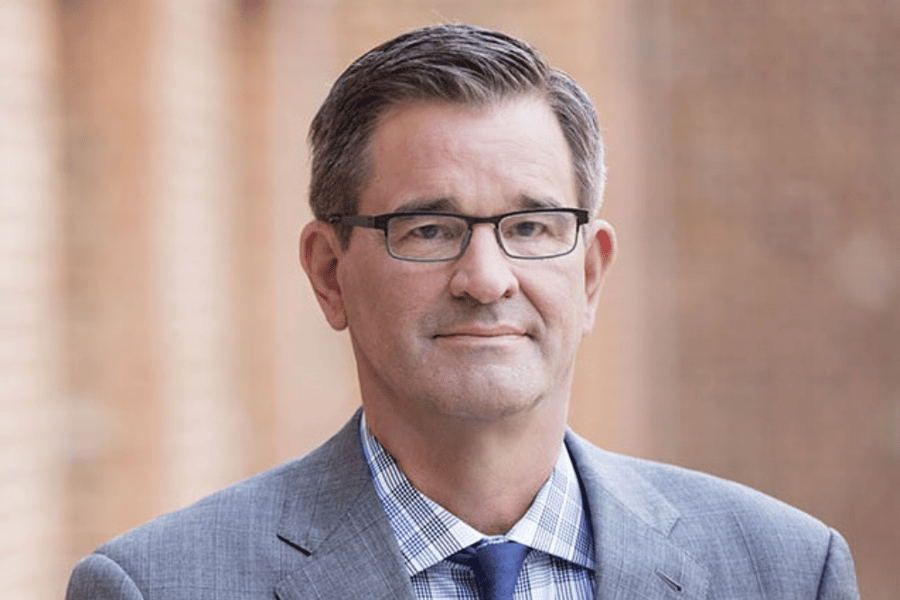Fannie's chief economist explains that now there will be more competition for discretionary spending

As the pandemic shut down restaurants, sports venues, and the prospect of travel for millions of Americans, savings rates went up. Those workers lucky enough to keep their jobs didn’t have the traditional discretionary spending options they would normally have had. As Americans, especially younger Americans, began saving more, paying down debt and shoring up their personal finances their homebuying power increased.
The defining role that millennials are now playing in the housing market is due, at least in part, to these improvements in savings and long-term finances. But now the economy is reopening, travel is resuming and the options for discretionary spending are increasing. As we go back to ‘normal’ economic activity, what will that mean for the savings accounts and balance sheets that have helped power our housing market boom?
To find out, MPA spoke with Fannie Mae chief economist Doug Duncan (pictured). He highlighted some of how, and why, many balance sheets got so strong during the pandemic. He explained that we’re already beginning to see upticks in discretionary spending and mortgage professionals can start to expect greater competition for potential homebuyers’ discretionary dollars. He noted, however, that we shouldn’t expect millennials to go right back to the perception of a generation that doesn’t save. Their homeownership goals are clear and unchanged, it’s just a matter of helping them get there.
“We’ve been surveying monthly since June of 2010 and there’s no change in the attitude of millennials wanting to own homes, it’s stayed around 92%,” Duncan said. “There was this myth out there that they were somehow different from their parents with regard to homeownership. It was said that they were renting 300 square foot apartments with amenities because they saw the foreclosure crisis. That’s not what was going on. What was happening is that the job growth post-crisis was the most urban core centric of any post the Second World War…As incomes grew and job distribution spread out geographically into more affordable places, millennials started buying homes. We saw that in 2015 and it’s still true today.”
Read more: 10 biggest wholesale lenders in 2021
Even if their goals are unchanged, Duncan accepted that we’re seeing greater rates of discretionary spending among all generations that will likely impact savings rates. Airline tickets are already selling at higher volumes and prices, and people are beginning to spend more at restaurants, hotels, theatres and sporting events. As that happens, savings levels are beginning to come down again.
Duncan explained that now more businesses are competing for the American discretionary spend. Where savings accounts just seemed to accumulate among working Americans during the pandemic, now it will take a degree of more discipline and budgeting to ensure that potential homebuyers are saving enough to meet their goals. That’s where mortgage professionals can really help.
“The question [mortgage pros] should be asking the household is, ‘do you have a budget and a long-term plan regarding housing’,” Duncan said. “They should recognize that people are frustrated by having been pent up all this time - even if rates have come up a little bit, this is still a once in a lifetime opportunity to lock in a low rate. Rates might go up and house price appreciation might slow, but it’s unlikely that prices are going to fall. I would be doing some serious budget work with homebuyers and helping them decide if they want to delay their consumption expenditures on things that are not asset investments to make this asset investment now.”



